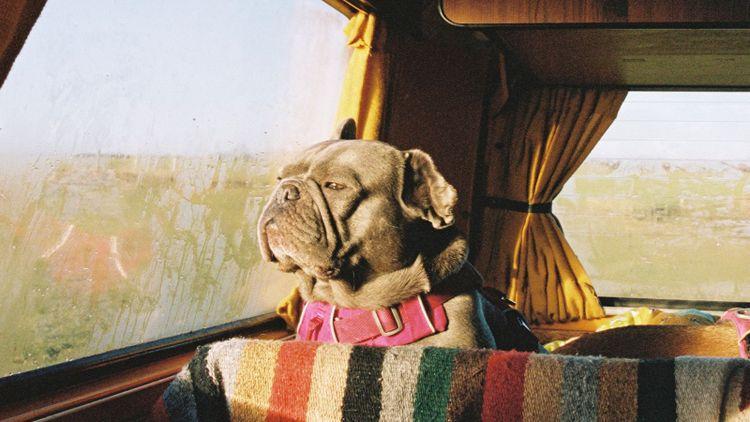
How to overcome your dog’s car anxiety
5 minute read
Kit your car out
First things first, ensure your dog has a safe spot to rest when travelling by car. This could be in the boot, via a car ‘seat’ and harness, a dog hammock, a secured crate or doggy seat belt. Ensure that they are comfortable and can relax when secured in their chosen spot. An uncomfortable position or device can immediately create a negative association with car travel, so rule this out first and foremost.
A designated and secured spot in the car can also help them to feel safe, as well as keep you safe from being distracted when driving. If appropriate for your chosen safety device, you can also add a bed or blanket for them to lay on to promote relaxation over worry or anxiety.
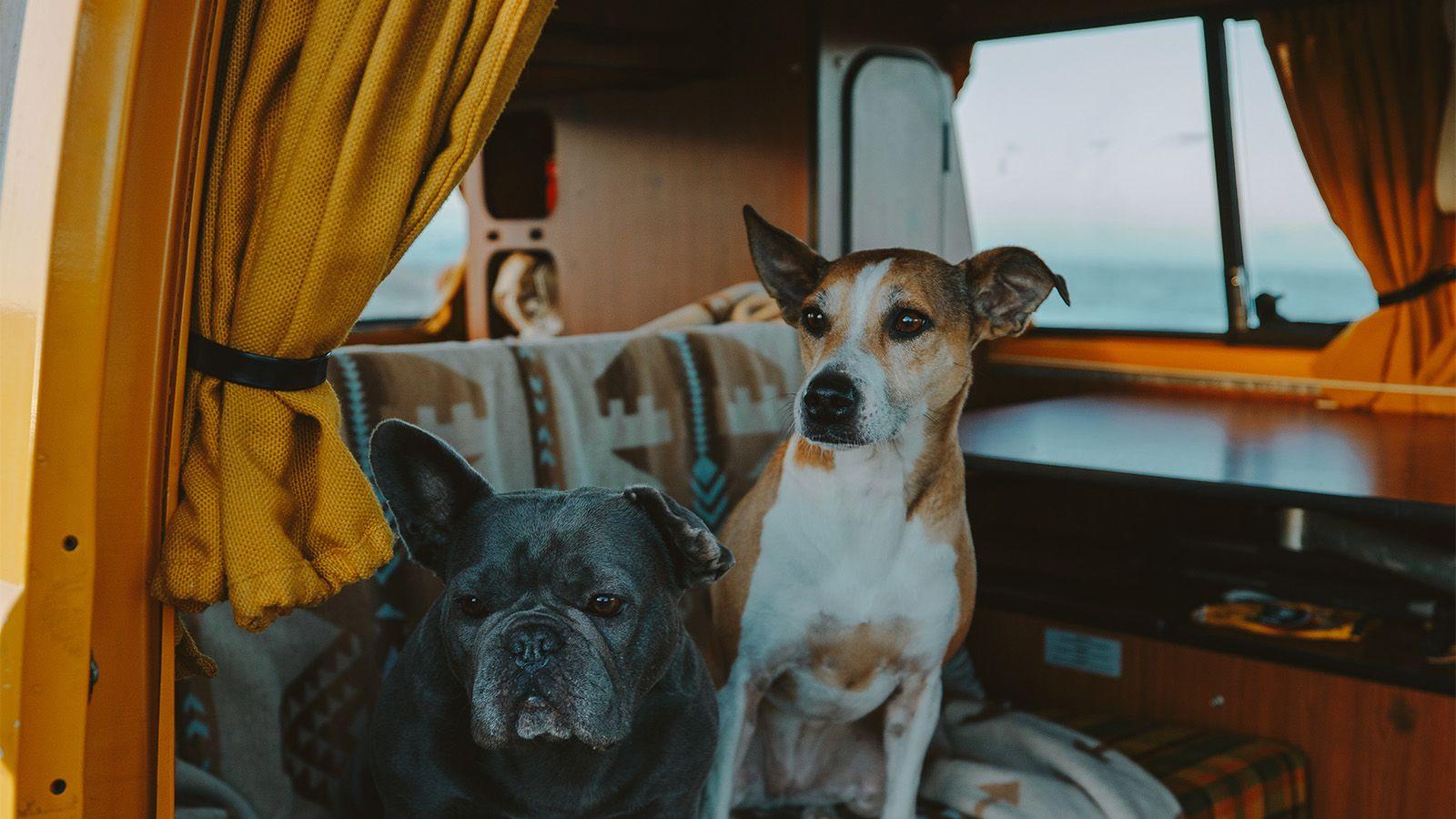
Exercise first
Before embarking on any journeys by car, or even any of the following confidence-building activities, it is important to constructively exercise your dog. Not only will this allow them to go to the loo, meaning less chance of any accidents in the car, but also, exercise is a proven stress reliever and can help your dog release pent-up energy that they may otherwise place into worrying.
As with us humans, exercise releases happy hormones and can help your dog relax and settle. A tired dog is also more likely to settle in the car, rather than worry about the journey or anything they might see out of the window.
Choose an exercise that suits your dog’s age and physical capabilities. Incorporating a game, such as fetch or ‘find it’, can also add an extra level of fun and enrichment.
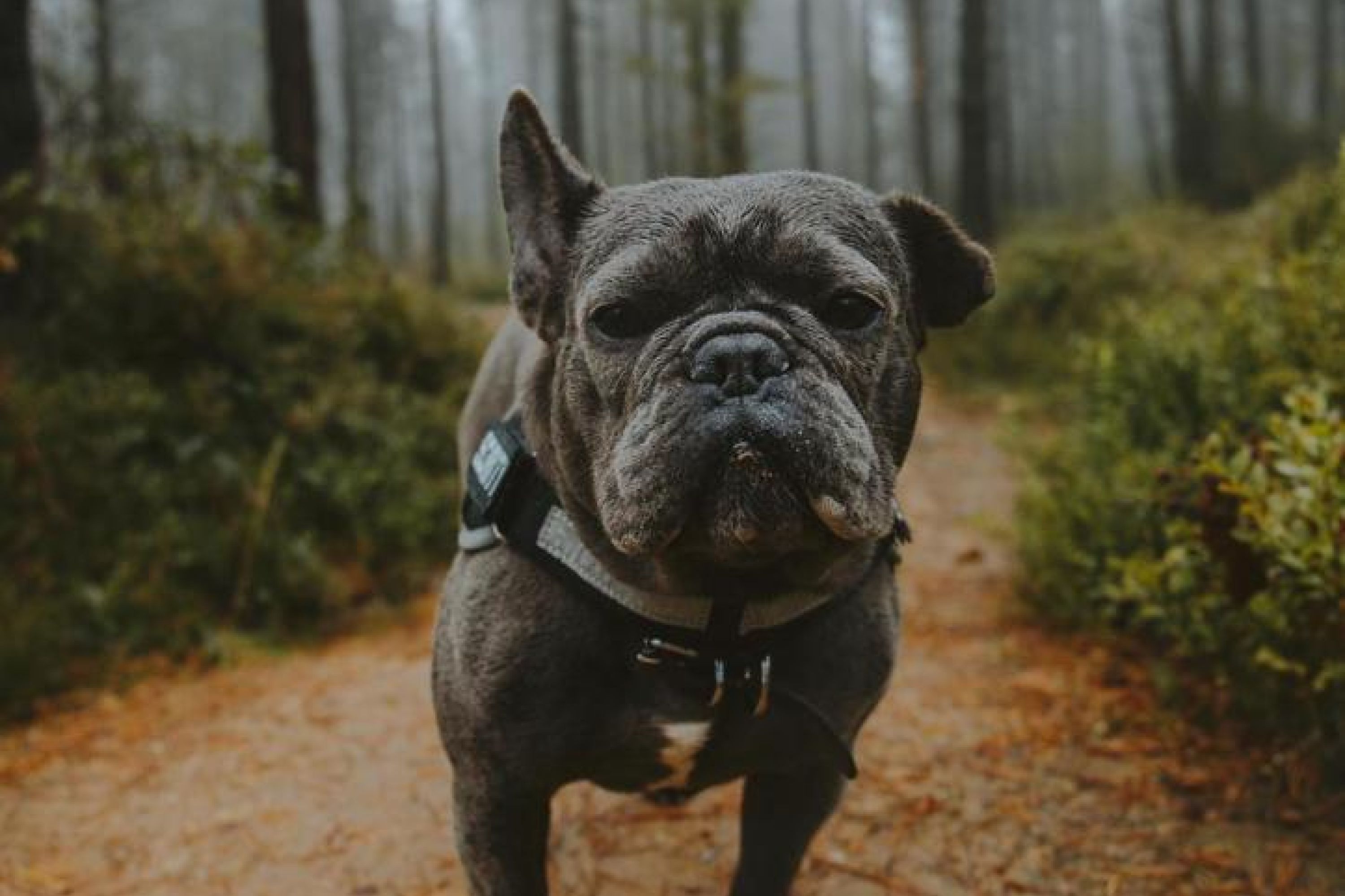
Reintroduce your car whilst stationary
This might sound extremely basic, but if your dog is showing signs of anxiety in the car, it is first important to reintroduce this mode of transport without attempting to even get in the car initially. The idea is to form positive associations and, over time, build on their experience of your car.
You can start to do this by having your dog on a lead and walking around your car, letting them simply observe. You can offer a tasty treat or their favourite toy or praise for confident and calm behaviour. If you need to carry this exercise out at a distance initially, do not worry! You can build on this and move closer over time as your dog’s confidence builds, and they start to form those positive associations.

Entering and exiting the car
The next step, and only when your dog has mastered the previous step, is to move on to getting in and out of the car. Again, this exercise should be completed with the engine off. Repeat the same process of positively rewarding your dog for calm and confident behaviour.
It is important to work at your dog’s pace and not rush this process. Don’t be afraid to take a step back if needed.
Make use of food dispensing toys
At this stage, it can also be helpful to make use of a food dispensing toy filled with their favourite food or treats.
Rubber-style toys or lick-style mats can be useful here as they are less likely to clatter around and can help to promote settling. Offer these again with the engine off and make it easy for them to get the food out of the toy initially. This can help to encourage them to get stuck in!
This exercise aims to make positive associations with being in the car, rather than trying to get anywhere. Keep these sessions short and sweet and end on a good note each time – you want your dog to remain in a positive frame of mind.
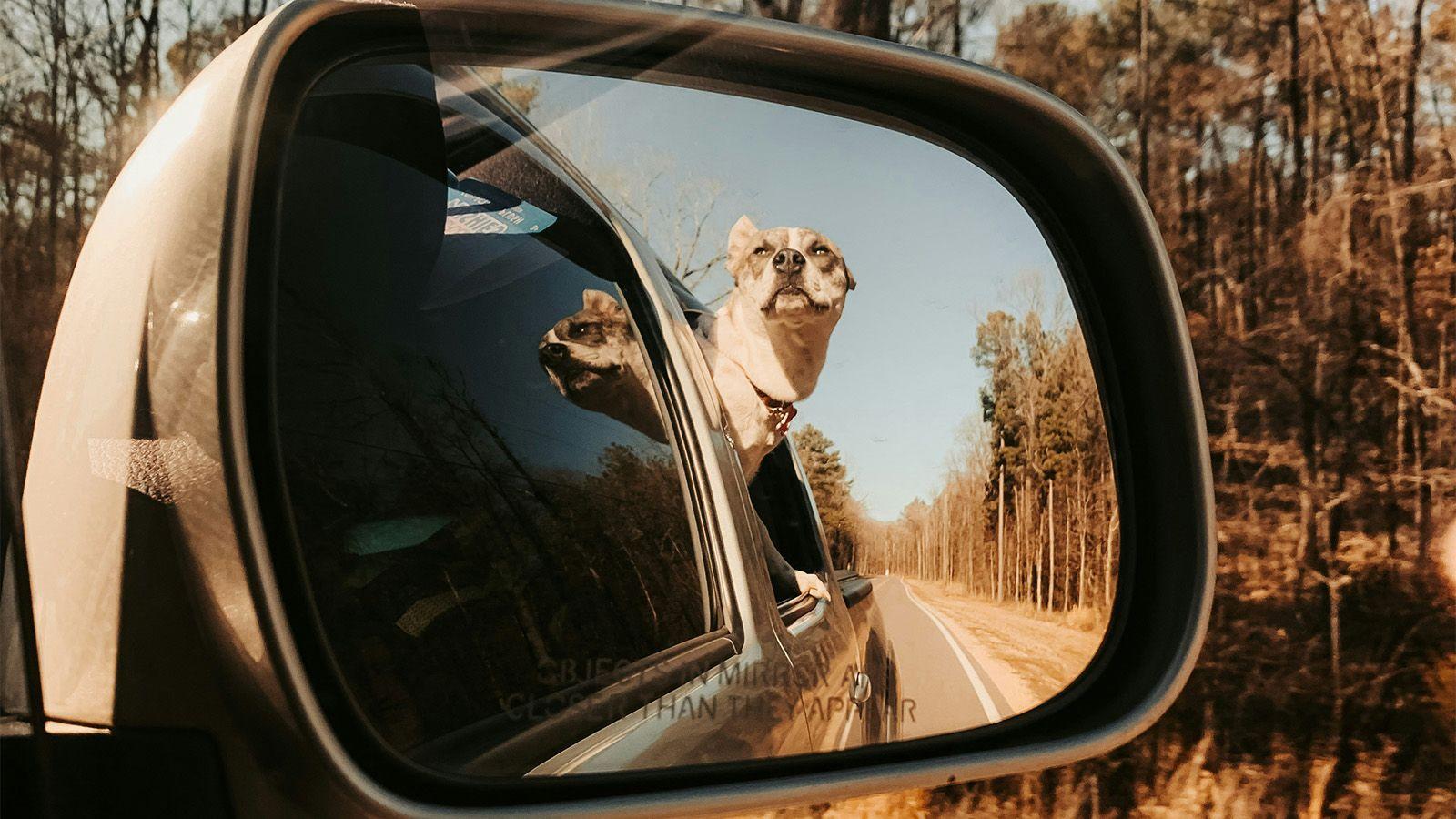
Introduce sounds of the car
Once you have worked through the above steps and your dog has shown that they are settled and comfortable simply being in the car whilst stationary, you can slowly start to introduce the sounds they might hear when travelling. I like to start by introducing the radio – quietly at first.
Choose a calming radio channel, such as Classic FM, as this can help to promote relaxed and settled behaviour from your dog at this stage. You can then move on to introducing the sound of the engine, spending some time in the car with the engine running, but again still not attempting to drive anywhere.
Don’t forget to continue to use your food dispensing toys at this stage. Depending on where your dog is positioned in the car, you can also hand-feed tasty treats to reward calm and confident behaviour. Build these little practice sessions up, lengthening your time in the car with the engine running, before moving on to the next step.
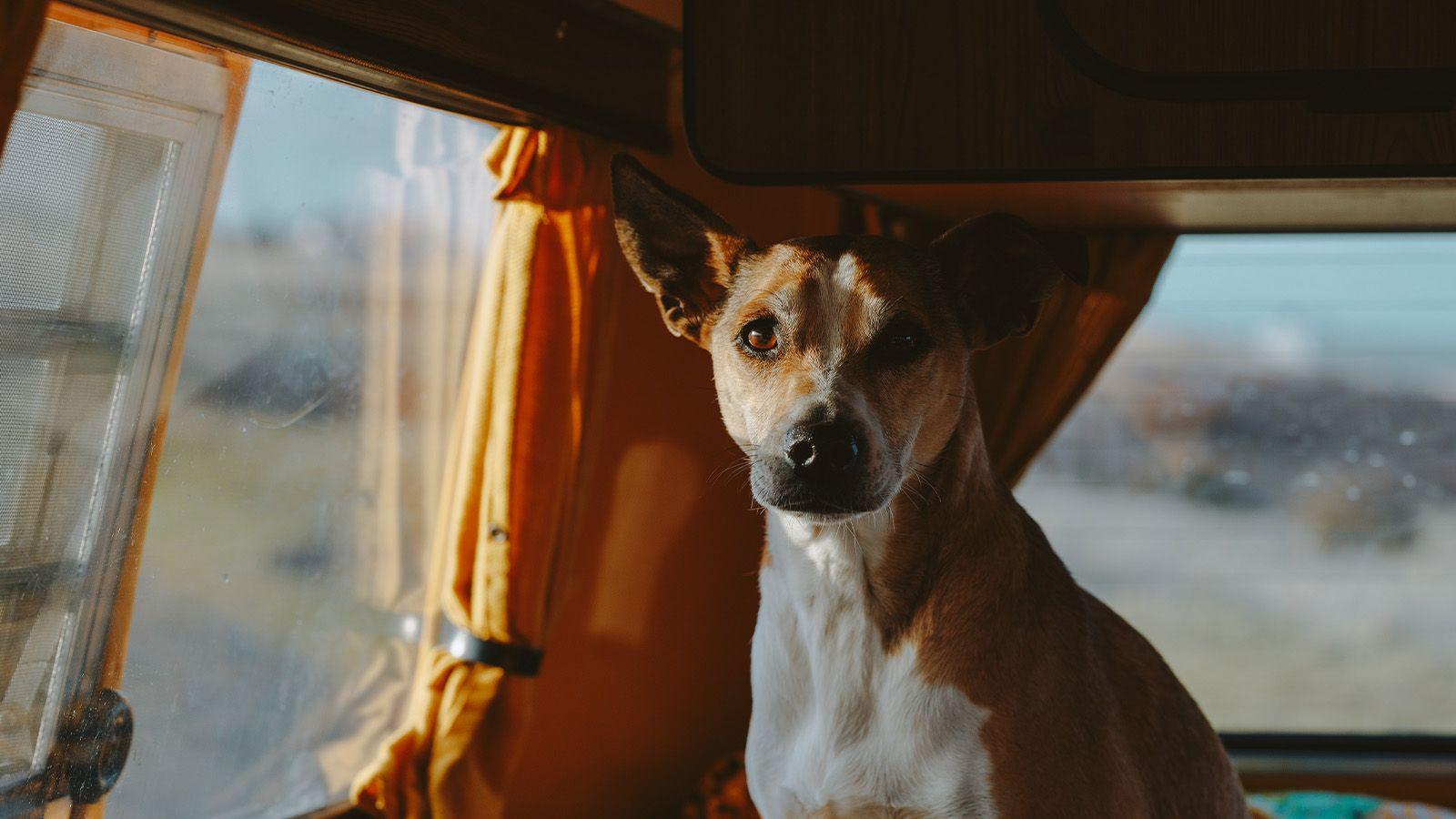
Start to take short journeys
By short I mean very short – perhaps just driving on and off your driveway to begin with. Once your dog is confident with this, you can then start to build up your journeys. It is important that you continue to monitor your dog’s reactions at this stage and, like with all other steps, continue to build those positive associations.
You’ll want to continue playing soft music and positively rewarding your dog for settle behaviour. As with all previous steps, you can then build on this over time, taking longer journeys as your dog’s confidence grows.
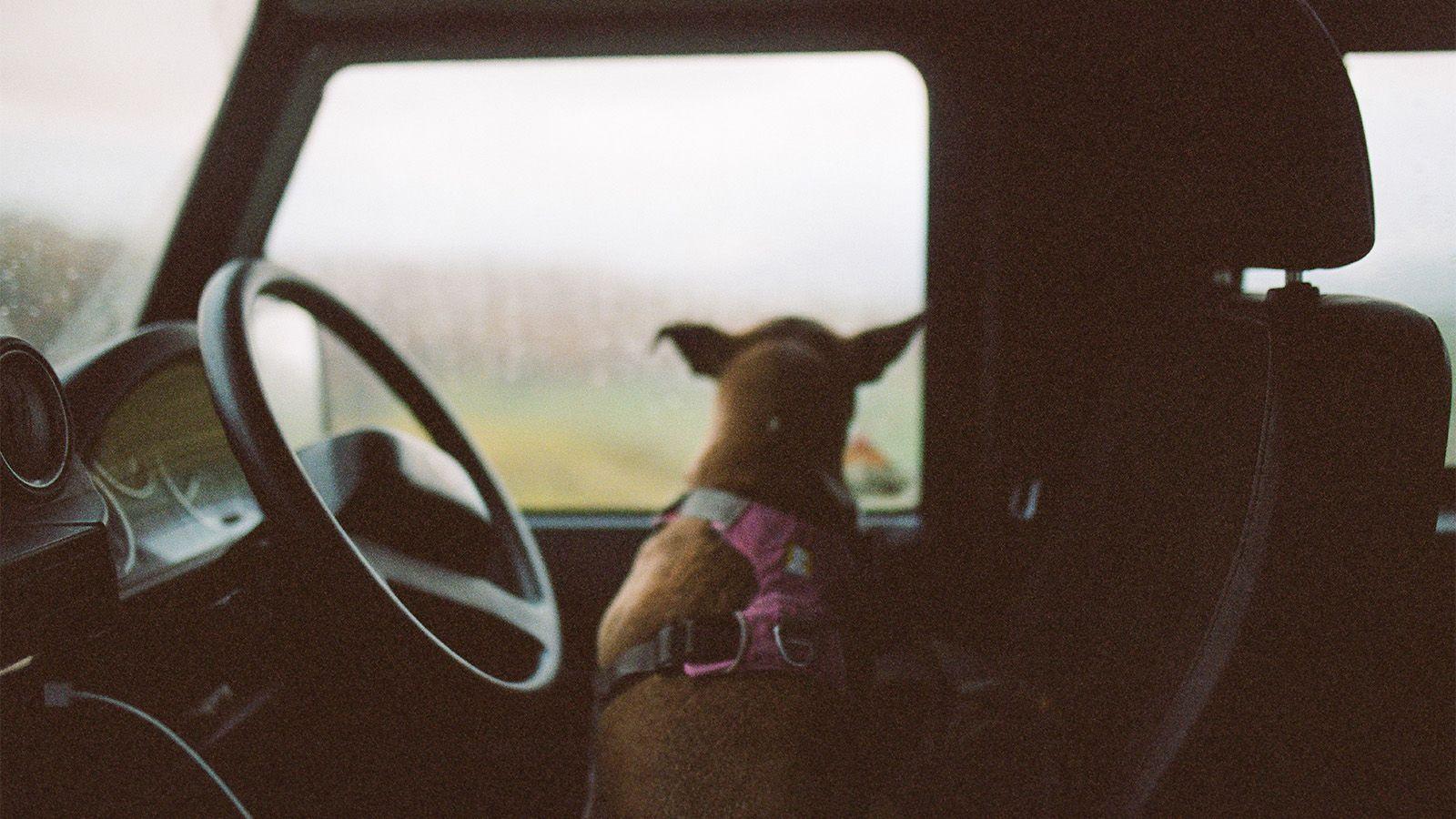
Structuring your training
Whilst one or two tips from above might be a complete game changer for your individual dog, overcoming car anxiety can often take time, patience and a very considered approach to this rehabilitation training. It is extremely important to not rush the process, but instead work at your individual dog’s pace.
If you are struggling or unsure how to best structure the training for your individual circumstances, please seek the advice of an accredited and experienced behaviourist, who will be able to guide you and create a bespoke rehabilitation plan.

Don’t despair
Whilst you are working through this issue is important to avoid creating any anxiety or worry associated with car travel.
This may mean completely forgoing any journeys by car until your dog is feeling more confident, unless, of course, they are absolutely essential such as a trip to the vet. A bad experience can knock your dog’s confidence and you may find you need to restart your training or take a few steps back.
Whatever your circumstances, do not despair, this issue can certainly be resolved with the right approach and training.
I hope this has given you some food for thought about helping your dog to overcome their car anxiety.
Happy car travel!
Dogtor™ Adem